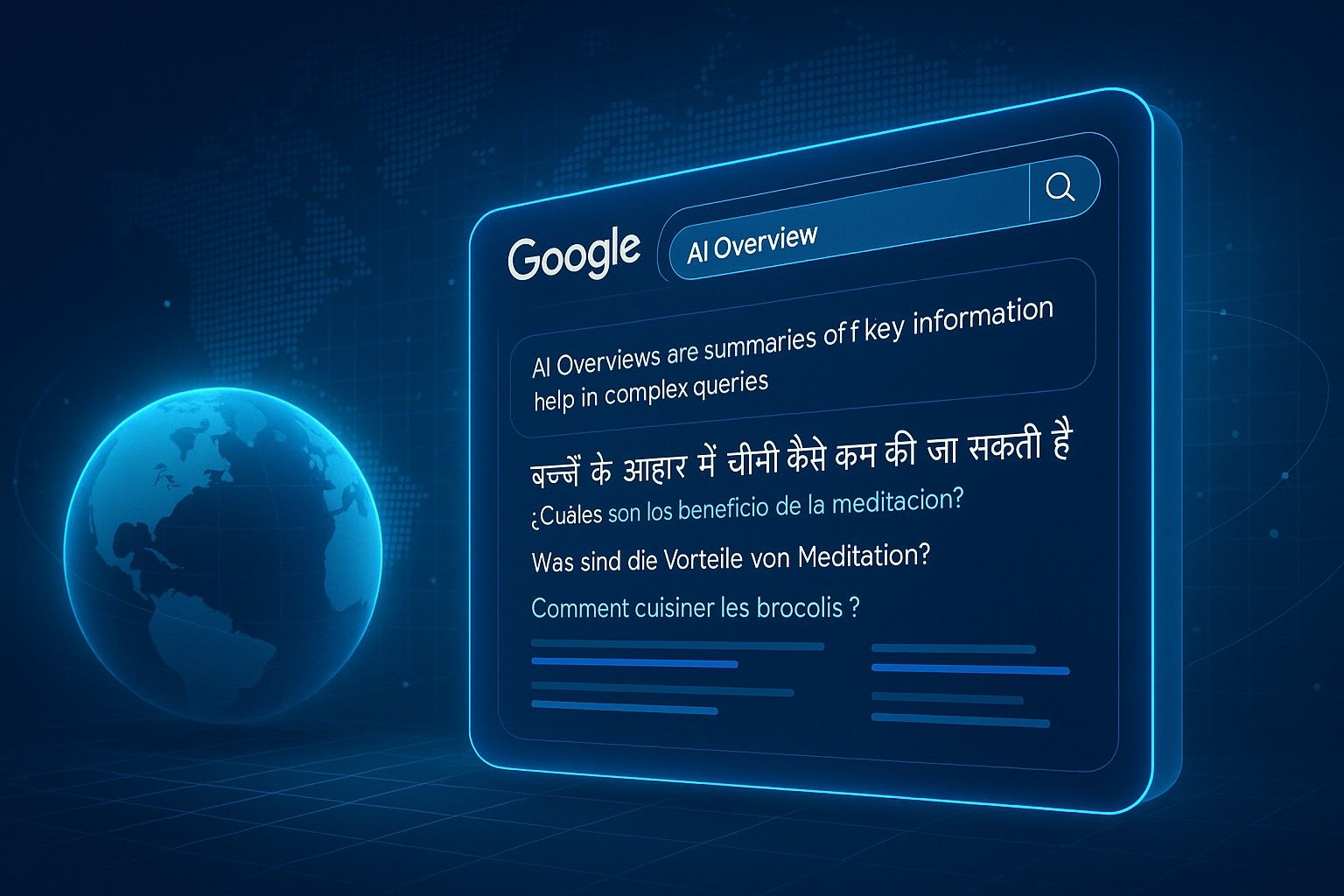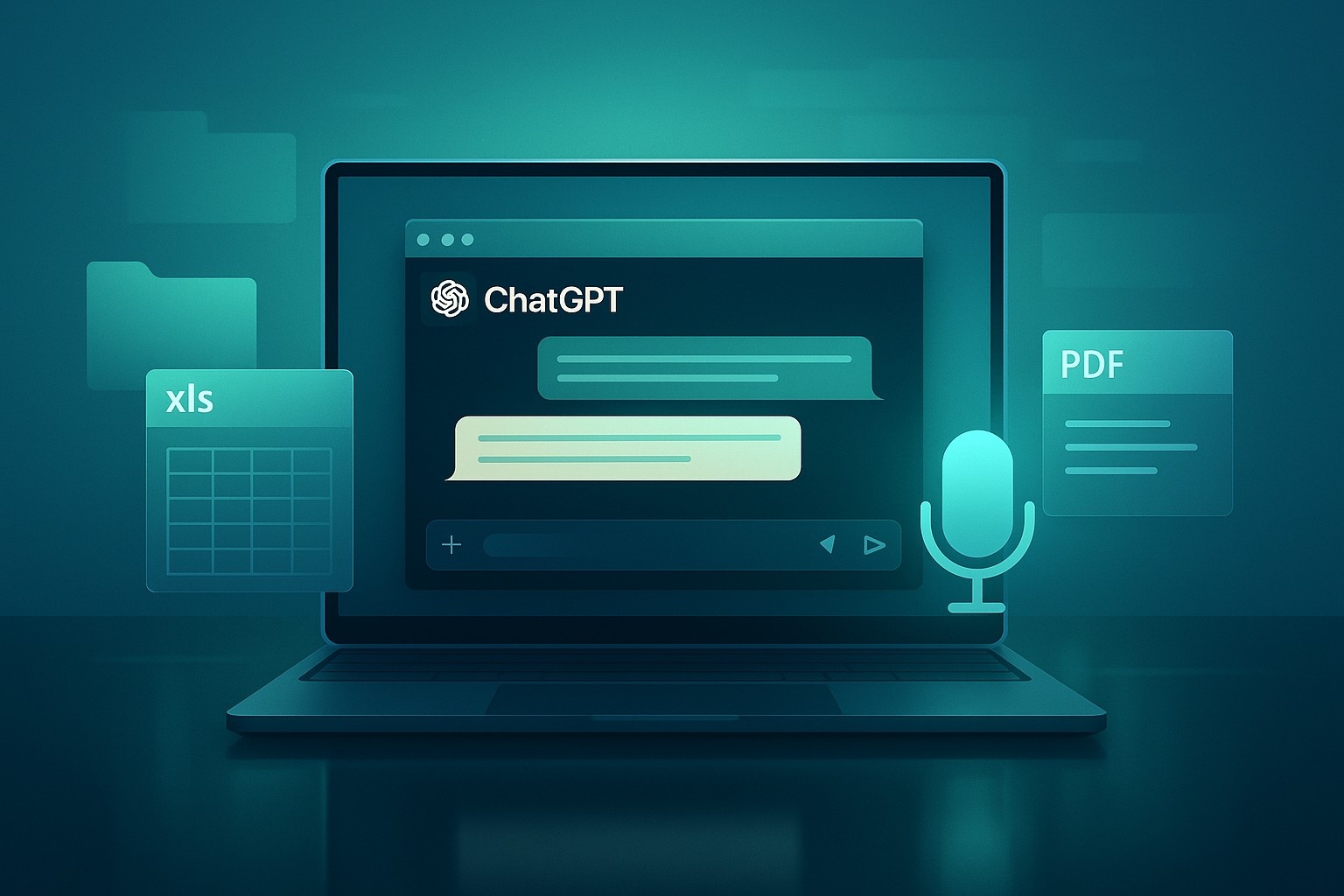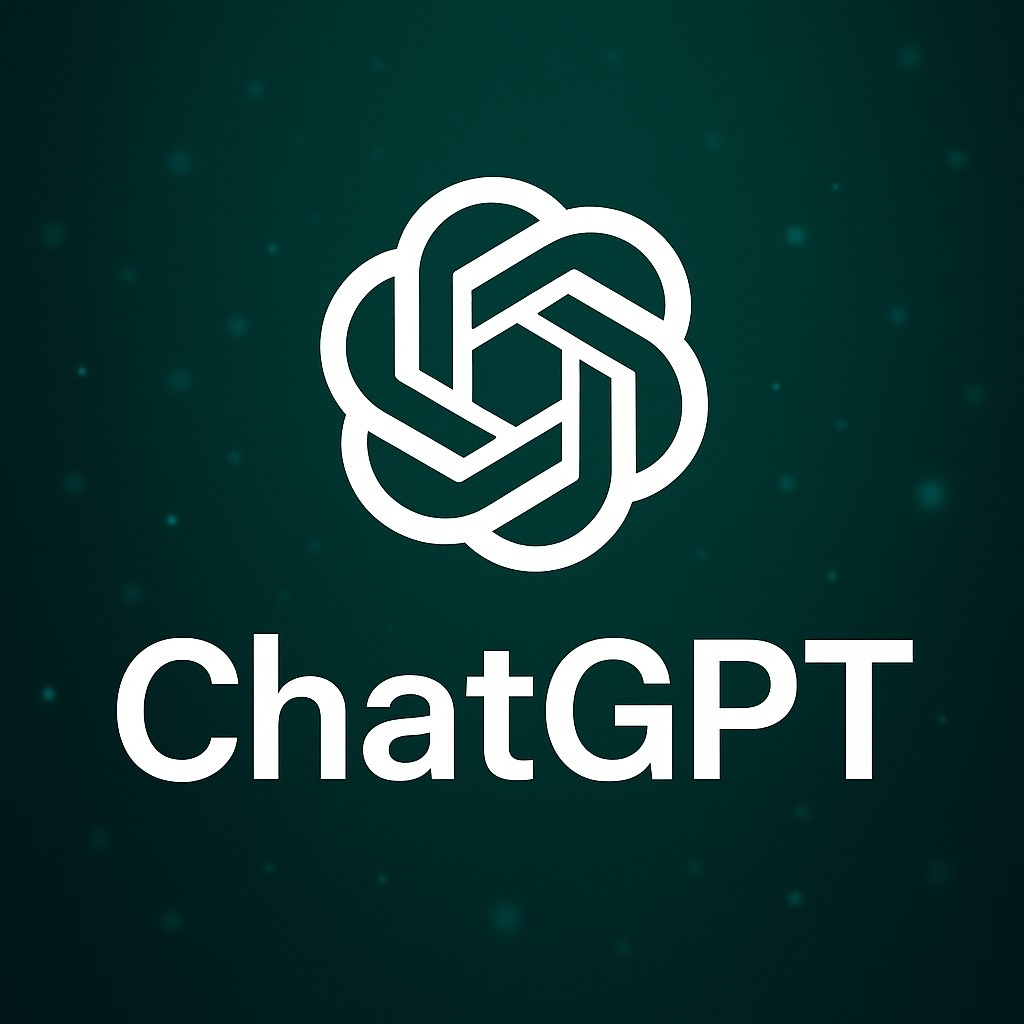Google Expands AI Overviews to 200+ Countries: A New Era for Search in 40+ Languages
In a landmark move set to redefine how users interact with online information, Google has announced the global rollout of its AI Overviews feature, previously known in its experimental stages as “Search Generative Experience (SGE).” Now officially part of the core Search experience, AI Overviews are being deployed to more than 200 countries and territories and support over 40 languages, making this one of Google’s most ambitious global AI expansions to date.
This marks a pivotal moment not only for the company but for the future of internet search as a whole, as it signals the increasing integration of generative AI into mainstream digital services. Here's a deep dive into what AI Overviews mean for users, the technology behind it, and the broader implications for publishers, developers, and the SEO industry.
What Are AI Overviews?
AI Overviews are AI-generated summaries that appear at the top of Google’s search results, offering quick, synthesized answers to complex queries. Instead of sifting through individual links or navigating multiple tabs, users now see a concise and structured overview created using Google’s large language models (LLMs), prominently placed above traditional blue-link results.
The Overviews are designed to:
- Summarize key points from trusted web sources.
- Address multi-part or nuanced questions.
- Provide a launching point for further exploration via cited sources.
Example:
For a query like "What’s the best way to reduce sugar in a child’s diet without cutting fruit?", AI Overviews might immediately display a few dietitian-approved strategies, such as limiting added sugars while encouraging whole fruit consumption, along with a few trusted links for further reading.
The Timeline of Expansion
AI Overviews were first introduced in the United States in May 2023 as part of Google’s generative AI initiatives. Following a year of A/B testing, user feedback, and internal optimization, Google has now extended the service globally, beginning May 2025.
According to Liz Reid, Head of Google Search, the technology is now mature enough to scale responsibly, and the company is confident in its ability to provide quality summaries across diverse regions and languages.
Notable Details from the Rollout:
- Available in 200+ countries and territories
- Supports over 40 global languages, including Hindi, Spanish, Arabic, Japanese, French, Korean, and more
- Mobile-first deployment, with desktop support following closely
- Dynamic updates based on trending topics and user feedback
The Technology Powering AI Overviews
Google’s AI Overviews are powered by its advanced Gemini AI models, a successor to its earlier PaLM 2 architecture. These models are fine-tuned for factuality, reliability, and context comprehension.
Google uses a multi-layered approach:
- Query Interpretation – The AI understands user intent, even when phrased conversationally.
- Information Retrieval – It searches a vast index of content and identifies authoritative sources.
- Answer Generation – It generates a coherent, summary-style response using natural language generation (NLG).
- Citation and Fact-Checking – The AI embeds source links and regularly updates results based on quality signals and factual accuracy.
Importantly, Google emphasizes that AI Overviews are not hallucinated or speculative responses. They are grounded in real-time data and verified content from Google’s index.
Implications for Publishers and Website Owners
This shift has drawn mixed reactions from content creators, news organizations, and SEO professionals. While AI Overviews help users find answers faster, they may reduce clicks to third-party websites if users are satisfied with the summary alone.
To address this, Google includes prominent source citations within AI Overviews and encourages users to “dig deeper” by exploring those links. Additionally:
- Featured content still comes from high-quality, SEO-optimized pages.
- Well-structured data, schema markup, and content authority continue to matter.
- Publishers that build trust and domain authority are more likely to be cited.
Google has also introduced a new Search Console Insight Panel where webmasters can monitor how their content is used in AI Overviews and whether it's driving traffic.
Local Language Inclusion: A Game-Changer for India, LATAM, and Beyond
One of the most impactful aspects of this global expansion is support for local and regional languages. This move aligns with Google’s broader “AI for everyone” philosophy, particularly in multilingual countries like India, Indonesia, and Brazil.
For example:
- Indian users can search in Hindi, Tamil, Bengali, Kannada, and Telugu, and receive AI Overviews in the same language.
- Users in Latin America can get responses in Spanish and Portuguese, tailored to regional vocabulary and cultural context.
This creates new opportunities for local bloggers, educators, and businesses to be featured in AI-generated summaries if their content is relevant and high-quality.
Privacy, Accuracy, and Ethical Concerns
As with all generative AI technologies, Google faces ongoing scrutiny around misinformation, bias, and data privacy. To mitigate this:
- AI Overviews do not generate speculative medical, financial, or legal advice.
- Sensitive topics route users to authoritative and regulated sources.
- Google continues to employ human evaluation teams to monitor performance and edge cases.
- Feedback buttons under each AI Overview allow users to report inaccuracies or ask for clarifications.
Reid noted in an official blog post, “We’ve put in place strict guardrails and safety checks. Our goal is not to replace the open web, but to help users better navigate it.”
Competitive Landscape: Google's Lead in Generative Search
While Microsoft has integrated OpenAI’s GPT-4 into Bing through Copilot, and Perplexity AI is gaining attention for its citation-based summaries, Google remains far ahead in terms of global market share, infrastructure, and language support.
This global rollout of AI Overviews solidifies Google’s position as the default destination for AI-powered information retrieval. Unlike standalone AI chatbots, Google integrates AI seamlessly into traditional search, offering a hybrid model of machine intelligence and web navigation.
Future of Search: What’s Next?
According to internal sources and public statements, Google is working on several enhancements:
- Interactive Overviews: Where users can refine answers by asking follow-up questions.
- Multimedia Summaries: Integrating YouTube videos, Maps, and even real-time data.
- AI Agents in Search: Allowing users to “delegate” multi-step tasks (e.g., planning trips, comparing products).
The company is also actively collaborating with educational, health, and governmental bodies to ensure that public-facing information remains accurate and trustworthy in this new era.
Final Thoughts
With the global rollout of AI Overviews, Google has taken a definitive leap toward transforming how people access and understand information. By combining the power of AI with the scale of Search, it promises a more intuitive, efficient, and accessible experience for billions.
However, this transformation also places renewed responsibility on publishers, developers, and content strategists to maintain quality, accuracy, and trustworthiness. The Search game is evolving — and those who adapt early will shape the next chapter of digital discovery.
Key Takeaways:
- Google AI Overviews now live in 200+ countries, supporting 40+ languages.
- Summarizes complex queries using Gemini-based generative AI.
- Includes citation links to trusted sources, boosting transparency.
- Local language inclusion (including Hindi) aims to democratize access to knowledge.
- Impacts SEO and publisher traffic; emphasizes quality content.
- Google remains committed to factuality, safety, and open web access.














